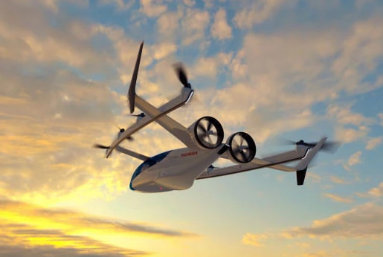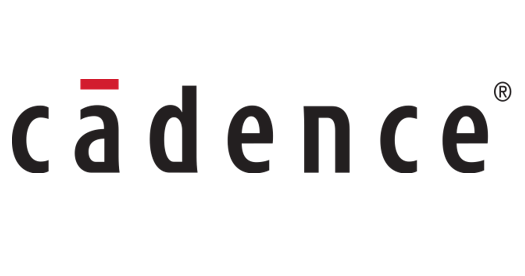Cadence Design Systems earlier this month released the news that Honda R&D Co. will use Cadence’s newly announced Millennium Enterprise Multiphysics Platform, which Cadence said is the industry’s first hardware/software-accelerated digital twin solution for system design and analysis.
Available in the cloud or on-premises, the system utilizes GPU-resident solvers to “improve the energy efficiency of simulation by 20X over traditional HPC,” according to Cadence, along proprietary software algorithms that “deliver up to 100X design impact through accuracy, speed and scale.”
Honda said it will use the Millennium system for the designs of its eVTOL “air taxi,” a four-seat self-flying vehicle that combines the propellers of both an airplane and a helicopter.
“Honda and Cadence have worked together for more than 10 years to accelerate CFD design processes,” said Atsushi Ogawa, chief operating officer, Honda R&D Co., Ltd. “Our deployment of Cadence’s Millennium M1 multiphysics supercomputing platform, with its LES (large eddy simulation) solver, has demonstrated significantly faster turnaround time and the scalability to simulate much larger systems for aerodynamics, combustion and aeroacoustics applications for our automotive, aero-propulsion and eVTOL projects.”
In addition, Corvid Technologies, an computational physics engineering firm, said “The combination of Cadence Fidelity CFD software and GPU computing has increased our high-fidelity simulation throughput by up to 8X for our subsonic applications,” said Mathieu Amiraux, Corvid senior aerodynamicist. “Given the large volume of simulations we run for each program, we expect the Millennium M1 to have a significant positive impact on our workflow in terms of speedup and accuracy.”

Honda eVTOL (credit: Honda)
Cadence said the Millennium Platform includes: Cadence Fidelity CFD solvers for complex simulations, is built with an extensible HPC architecture and scalable Fidelity solvers to provide near-linear scalability on multiple GPU nodes, utilizes generates multiphysics data enabling generative AI to create digital twin visualizations of system design solutions, couples GPU compute with scalable CFD solvers, and is available in the cloud with minimum 8 GPU configurations, or on premises with a minimum 32 GPU configuration.
According to a story in the European publication EENews, the system utilizes either NVIDIA or AMD GPUs.
Cadence described the platform as a turnkey solution that includes advanced interconnect “with an enhanced Cadence high-fidelity CFD software stack, and that the system “can be fused into a unified cluster.”
Increasing efficiency, reducing carbon emissions and reducing maintenance frequency are top priorities for A&D and turbomachinery design engineers, Cadence said in its announcement. “Advances in multiphysics simulation technology are critical to achieving these goals. Performance, accuracy, capacity and accelerated computing are all essential to enabling digital twin simulations that explore more design innovations, providing confidence that they will function as intended before undertaking prototype development and testing.”
The Honda aircraft is a futuristic self-flyer that Honda said in 2021will be an all-electric or a hybrid-electric with vertical takeoff and landing (VTOL) for urban air mobility (UAM) and expects it to be in service sometime after 2030.




